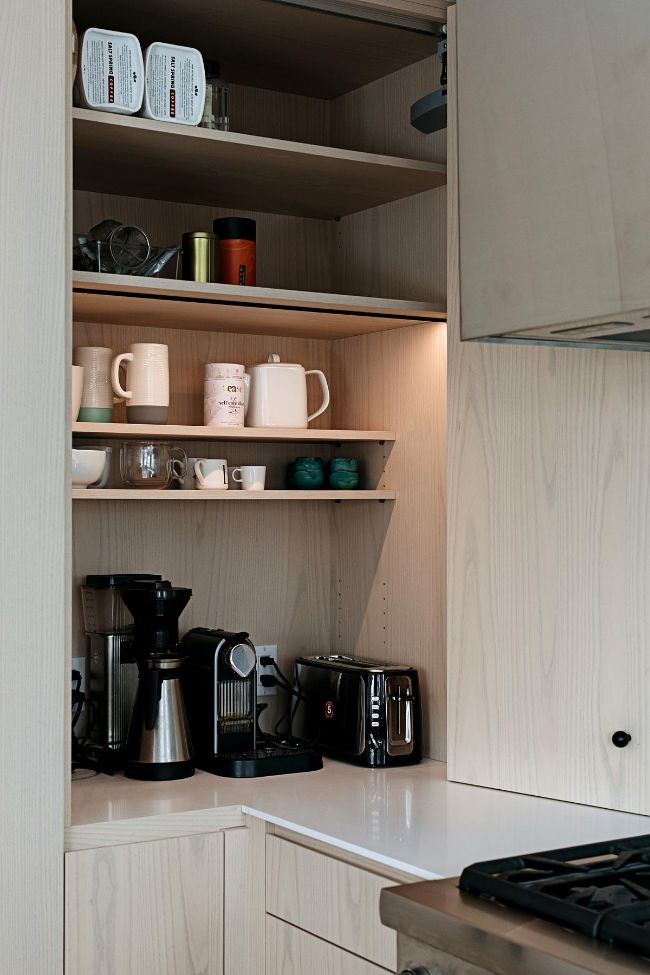
Blackout Preparedness: Key Considerations for an Unexpected Power Outage
Australia, the ‘land down under’, isn’t just famous for its unique biodiversity and stunning landscapes; it also holds a reputation for having weather conditions as diverse as its wildlife. One quintessential result of such climatic diversity is power outages. What’s that? You’re curious to know more, aren’t you? Like something coming out of the blue, you can be left in the literal dark and it’s safe to say, being unprepared for the darkness not only puts your comfort at risk but also your safety.
Whether it’s the sweltering heatwaves, major storms or daunting bushfires, these extreme weather conditions often wreak havoc, leading to unexpected blackouts. And it can be more than an inconvenience, it can be downright dangerous if you’re unprepared. This article is a comprehensive guide to navigating through power outages, with practical steps, tips, and resources relevant to Australian homeowners. By the end of this read, you’ll be well-prepared to face any power outage and ensure the safety of your home and loved ones.
Understanding Power Outages: Causes and Impacts
First thing’s first: What exactly is a blackout? In layman’s terms, a blackout refers to the loss of electricity in an area—this can range from a single household to an entire city. Common culprits of power outages in Australia include damage to power lines due to extreme weather conditions, equipment failures, and even planned blackouts for maintenance. While the severity may vary, the impacts can affect crucial aspects of your life including heating or cooling systems, communication, security systems and food storage. And therein lies the reason why being prepared is so necessary.
Home Safety Checklist: Essential Steps for Blackout Preparedness
Being prepared for a power outage is akin to having a safety blanket. It’s all about ensuring your basic survival requirements are met even if your home switches to the ‘off’ mode without warning. As such, embracing a home safety checklist is the initial and most important step you can take to ensure stress-free blackout survival.
Creating and updating your home safety checklist should include ensuring access to flashlights and portable chargers, managing all electrical devices to avoid damage from power surges, and taking steps to safeguard perishable food items. Remember, keeping up to date on the expiration dates of non-perishable food items will also go a long way in ensuring your pantry is blackout-ready.
Emergency Contact Numbers: Know Who to Call
It’s crucial to know which number to dial during an emergency. While you might find yourself in the dark literally, figuratively, you should always be able to reach out for help. Having a list of emergency contact numbers handy is paramount in dealing with any crisis. From calling your local electricity company to report a blackout, to reaching out to emergency services if required, these are the digits you want at your fingertips. A hot tip: Keep this information both in your mobile and in a physical format, because battery drains are real, folks!
How to Create an Effective Blackout Kit
Think of a blackout kit as your go-to survival kit when your regular energy provision takes a break. It’s like packing for a camping trip, but you’ll be camping in your own home, relying on the kit to survive the blackout. A comprehensive blackout kit should include basic essentials like a flashlight, batteries, bottled water, canned food, manual can opener, first aid kit, and essential medicines. A crank or battery-operated radio can also come in handy to stay informed during a power outage. Regular maintenance and updates of the kit can stop your gear from going ‘walkabout’ when they’re most needed.
Household Power Alternities: Options during a Blackout
Thinking of blackout options as just candles or torches? Think again! In today’s age, various power alternatives can lighten up your home (and mood) during a blackout. Choices range from fuel-powered generators, solar-powered devices, battery or gas power stations to even portable chargers. Each comes with its list of pros and cons: for example, gas generators can provide power, but they are also noisy and need ventilation. Making an informed decision based on your needs, space, and safety requirements will ensure you have the best suitable option up your sleeve.
Conclusion
In the often unpredictable scenario of power outages, preparation is half the battle won. This article has guided you through understanding power outages, creating an essential home safety checklist, knowing the right emergency contacts, creating an effective blackout kit, and exploring power alternatives for the Australian home. Let’s sum it up with this idiom, ‘it’s better to be safe than sorry,’ and remember that being prepared for a blackout goes beyond mere convenience – it’s about ensuring safety and peace of mind. So dive into action now and brace your home against unexpected blackouts, because you never know when they might show up uninvited!


